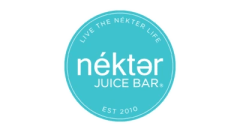Advanced Security for Your Peace of Mind
In today's digital landscape, security is not just a feature; it's a necessity. With Triofox and AWS, we go beyond the basics to provide advanced security measures that safeguard your data at every turn. Our platform is engineered with multiple layers of protection, ensuring that your sensitive information remains confidential and impervious to threats.

End-to-End Encryption
Experience the assurance of end-to-end encryption, where your files are secured from the moment they leave your device until they reach their intended destination within your S3 buckets. Whether in transit or at rest, your data is enveloped in a protective shield, rendering it inaccessible to unauthorized users.
Two-Factor Authentication (2FA)
Elevate your security protocols with Two-Factor Authentication, an additional layer of security that requires not only a password and username but also something that only the user has on them, such as a piece of information only they should know or have immediately to hand - such as a physical token.
Customizable Access Controls
Maintain complete control over who can view, edit, or share your files with customizable access controls. Set permissions at granular levels for individual users or groups, and adjust them in real-time as your team or project needs evolve.
Compliance and Audit Trails
Stay compliant with industry regulations with comprehensive audit trails that record every action taken on your files. Monitor access, changes, and transfers to maintain a clear chain of custody and ease the burden of regulatory compliance.
Ransomware Protection
Defend against the ever-growing threat of ransomware with Triofox's proactive monitoring and defense mechanisms. Our system is designed to detect and respond to suspicious activities, ensuring your business operations remain uninterrupted.























